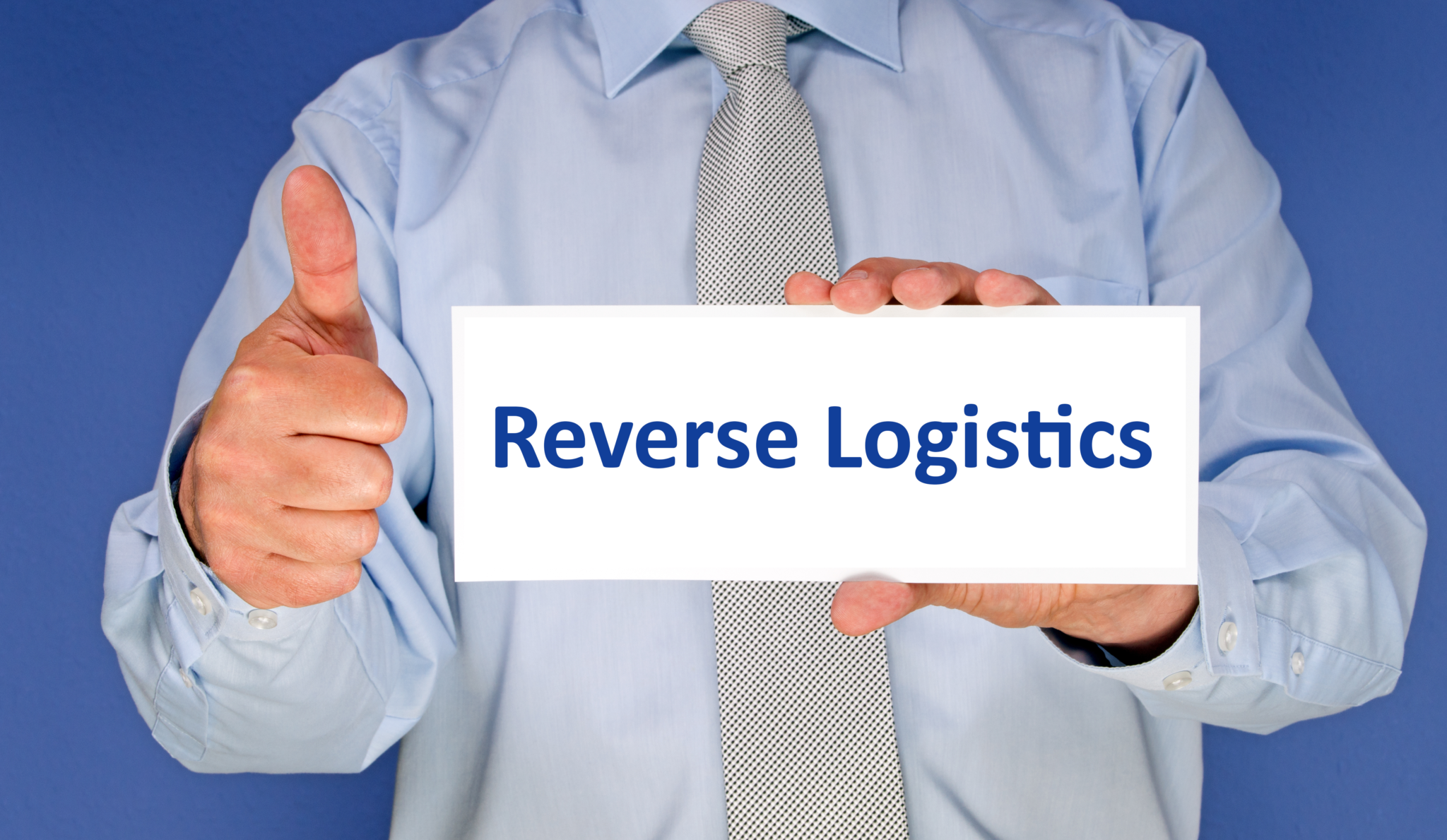By now you’ve heard all the buzzwords: agile, omnichannel, lean, six sigma…they seem to come and go like the breeze.
The truth is that forward-facing, and to some extent, reverse, logistics is an industry that’s on the move. There’s no one single model that has been established as the highest and best example of the supply chain in action, though there are a few that really don’t work at all.
Much of the visible struggle is coming from retailers that now have eCommerce extensions, otherwise known as “bricks and clicks” retailers. Unlike Internet retailers that have had the benefit of starting with nothing but one or two small warehouses, these giant retailers have been around long enough to have hundreds of stores and distribution points, all adding to the confusion of trying to implement an omnichannel or agile supply chain, in forward or reverse.
You Can Build an Omnichannel Experience
From your perspective, implementing a true omnichannel supply chain may feel like a nightmare about to start: Your stores aren’t connected to one another and none of them can access your warehouse without making a phone call.
Omnichannel is not all that difficult to implement on a smaller scale, you simply have to reconfigure your stores to be able to check each other’s stock, as well as the stock in the warehouse, in order to find products fast using software. This also will allow customers to initiate returns from any of your locations, where you can either place the item back onto the shelf immediately or send it into your reverse logistics process.
Make Things Easier With Returns Management
When you’re building from scratch, you have the benefit of doing it right, without all the headaches of legacy systems piled on top of legacy systems. Using a returns management company can also ease the burden, since they’re already setup to handle inventory coming from complex supply chains, whether those are retail-only or bricks and clicks retailers.
Customers may hold all the power in today’s retail landscape, but that doesn’t mean that you can’t do reverse logistics and omnichannel in a way that works for your company. As long as you provide a fast, seamless experience for your shoppers, they don’t care how or why or what method your supply chain is using to get the job done.






Leave A Comment